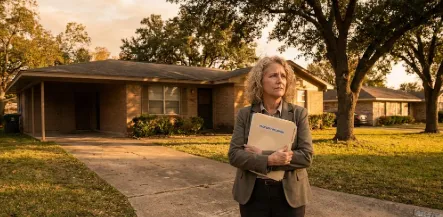Signs Someone Is Taking Advantage of Your Elderly Parent — And What to Do About It
Learn the warning signs that someone is taking advantage of your elderly parent—from financial red flags to Benefits Trafficking. Texas reporting requirements, action steps, and DFW resources included.






